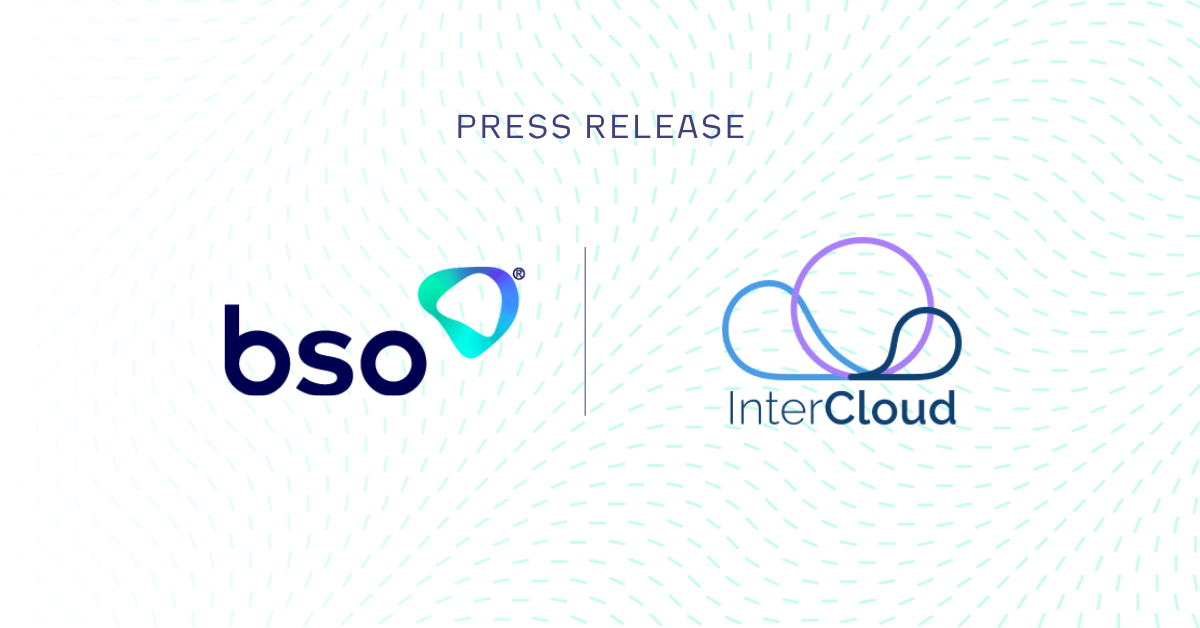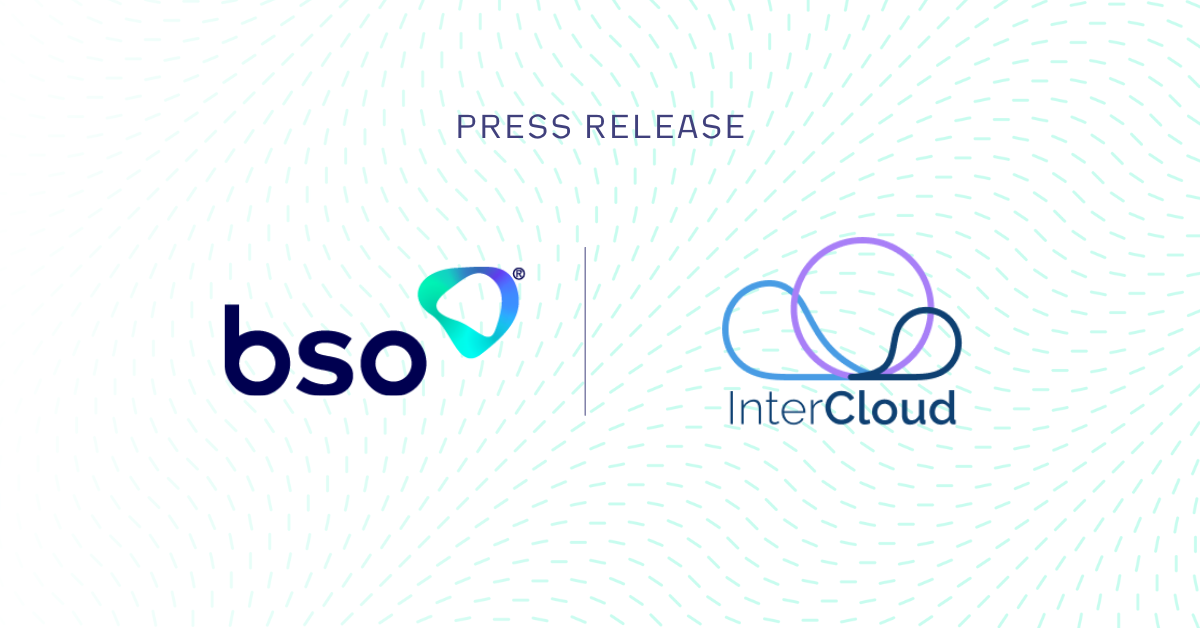
Financial markets frequently encounter periods marked by challenges and significant volatility. During such times, liquidity naturally gravitates toward the major exchanges, necessitating swift and reliable access for market participants.
To harness this liquidity effectively, it is crucial for traders and investors to have confidence in their connectivity infrastructure, which must be robust and responsive.
In this discussion, we delve deeper into the ongoing advancements in capital markets infrastructure and closely examine the emerging trends in connectivity. By understanding these developments, market participants can better position themselves to respond to dynamic market conditions and capitalise on opportunities as they arise.
Top trends helping to improve capital markets infrastructure
So, what are some of the key trends in capital markets infrastructure and connectivity? And how can latency-sensitive firms ensure they will continue to have the lowest latency, highest availability access, not only to the current major trading venues, but also to new and evolving markets around the world, either via fibre or radio frequency (RF) technology?
Let’s take a look at some of the emerging trends around the progression of capital market infrastructure.
High-demand routes
As a pioneer in financial networks, BSO has developed various long-term partnerships and relationships with multiple exchanges around the world, giving us a unique ability to forecast mid-to-long-term what is likely to happen on which routes, and how that may impact existing and potentially new services. This is how we’re able to model, profile and ultimately build our low-latency products.
One of our main areas of focus with improving capital markets infrastructure has always been connecting the major colocation centers where most of the exchanges, banks and liquidity providers are hosted. The infrastructure around those venues cannot be static, it needs to continually improve to keep up with customer demand, particularly from a latency perspective. That’s why we’re currently enhancing even further our round-trip latency and path diversity for high-demand global routes such as London-Tokyo (particularly important for FX) and Tokyo-Chicago (more relevant to futures traders).
Other globally important routes we’re currently upgrading, particularly for the Asian markets, are those between Shanghai, Tokyo, London, Dubai, Mumbai and Singapore, as well as between Chicago and Sydney.
Sourcing the best path
To improve our routes, first and foremost, we research the geography to ensure that we’re at the top of the curve with regards to any new subsea or terrestrial cable systems coming online and that we understand the capability of those systems.
We also look at the smaller or less obvious network asset providers, whether they’re utility providers or smaller telcos with more bespoke networks. For example, going across territories such as Russia, China and India, many network providers wouldn’t necessarily be international players. But popping these existing assets enables us to have a unique low-latency path, as well as a robust network from a redundancy perspective. It’s the research and the modelling going into this that keeps BSO as a connectivity leader in the capital markets sector.
Investment in capital markets infrastructure
We’re also constantly working on our connectivity and data centre infrastructure, putting in the latest low-latency switches, routers, firewalls and other components to make sure that we have a tailor-made infrastructure for low latency services, creating a capital markets platform that not only traverses these low-latency routes, but gives us an enhanced capability around usage, throughput, monitoring, and everything else one would expect to be wrapped around a low-latency model.
Our enhanced monitoring capability at a granular level ensures that we can not only build the lowest latency network but can also monitor it, maintain it and assure it at the sub-microsecond level.
In addition to this, we’re investing multiple millions of dollars in RF technology to bolster capital markets infrastructures, such as new radio and FPGA hardware, colocation footprint, masts and frequency licences, particularly in the three RF markets around New York, Toronto and Chicago. As a result, we have the market-leading, lowest latency paths available for these markets.
Looking to the future with the financial cloud
In terms of future investment, one particularly interesting area in capital markets infrastructure is the cloud. We’re seeing increasing demand from latency-sensitive firms for a dedicated financial cloud tailored to the capital markets, offering a pooled software service with the necessary computing power, collocated next to the major exchanges’ matching engines.
At BSO, we have a unique combination of the right footprint in the key data centres around the world, the financial markets experience, the low latency expertise, and the cloud connectivity to be able to offer such high-end capital markets cloud services. Watch out for future announcements!
Summary
It’s clear that in order to progress capital markets infrastructure the key industry players and tech providers need to continue to enhance connectivity, improve low-latency routes and invest in RF technologies and cloud solutions.
Why not take a look at our recent article on future-proofing your FX network connectivity needs?
If you’d like to learn more about how BSO is leading the charge in improving capital markets connectivity infrastructure, get in touch with our experts today for a free consultation. Or drop us an email at hello@bso.co.
ABOUT BSO
The company was founded in 2004 and serves the world’s largest financial institutions. BSO is a global pioneering infrastructure and connectivity provider, helping over 600 data-intensive businesses across diverse markets, including financial services, technology, energy, e-commerce, media and others. BSO owns and provides mission-critical infrastructure, including network connectivity, cloud solutions, managed services and hosting, that are specific and dedicated to each customer served.
The company’s network comprises 240+ PoPs across 33 markets, 50+ cloud on-ramps, is integrated with all major public cloud providers and connects to 75+ on-net internet exchanges and 30+ stock exchanges. The team of experts works closely with customers in order to create solutions that meet the detailed and specific needs of their business, providing the latency, resilience and security they need regardless of location.
BSO is headquartered in Ireland, and has 11 offices across the globe, including London, New York, Paris, Dubai, Hong Kong and Singapore. Access our website and find out more information: www.bso.co
SALES ENQUIRY
Get in touch now. Find out how we can transform your business_
You might be interested in_
THE BSO DIFFERENCE
The industries we work across_





/Revolutionising-Connectivity%20BSOs-Tailored-Cloud-Solution-for-CryptoStruct-GmbH.png?width=1050&height=550&name=Revolutionising-Connectivity%20BSOs-Tailored-Cloud-Solution-for-CryptoStruct-GmbH.png)
/6%20Cloud%20Best%20Practices%20for%20Financial%20Technology%20Companies.jpg?width=1200&height=600&name=6%20Cloud%20Best%20Practices%20for%20Financial%20Technology%20Companies.jpg)










